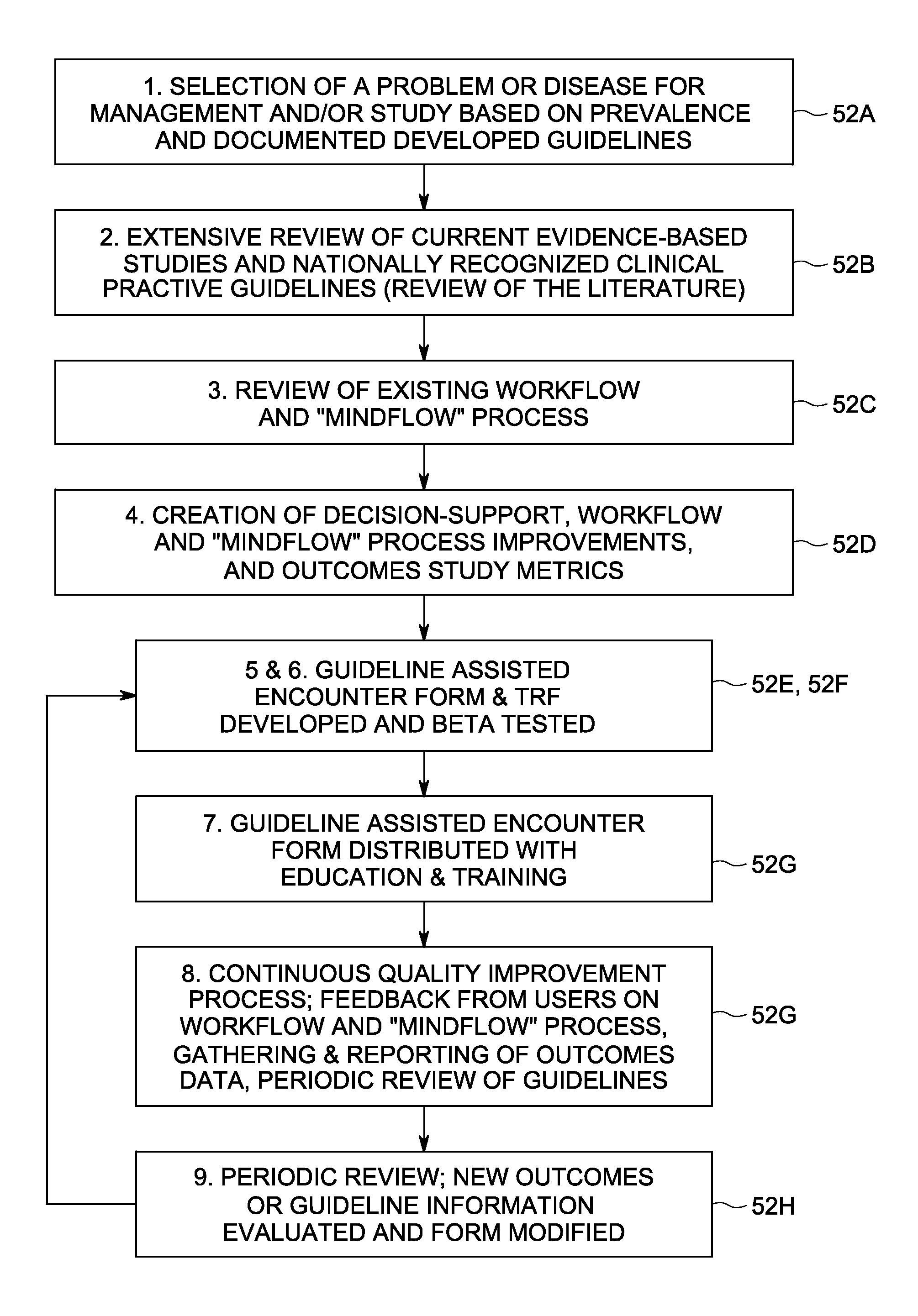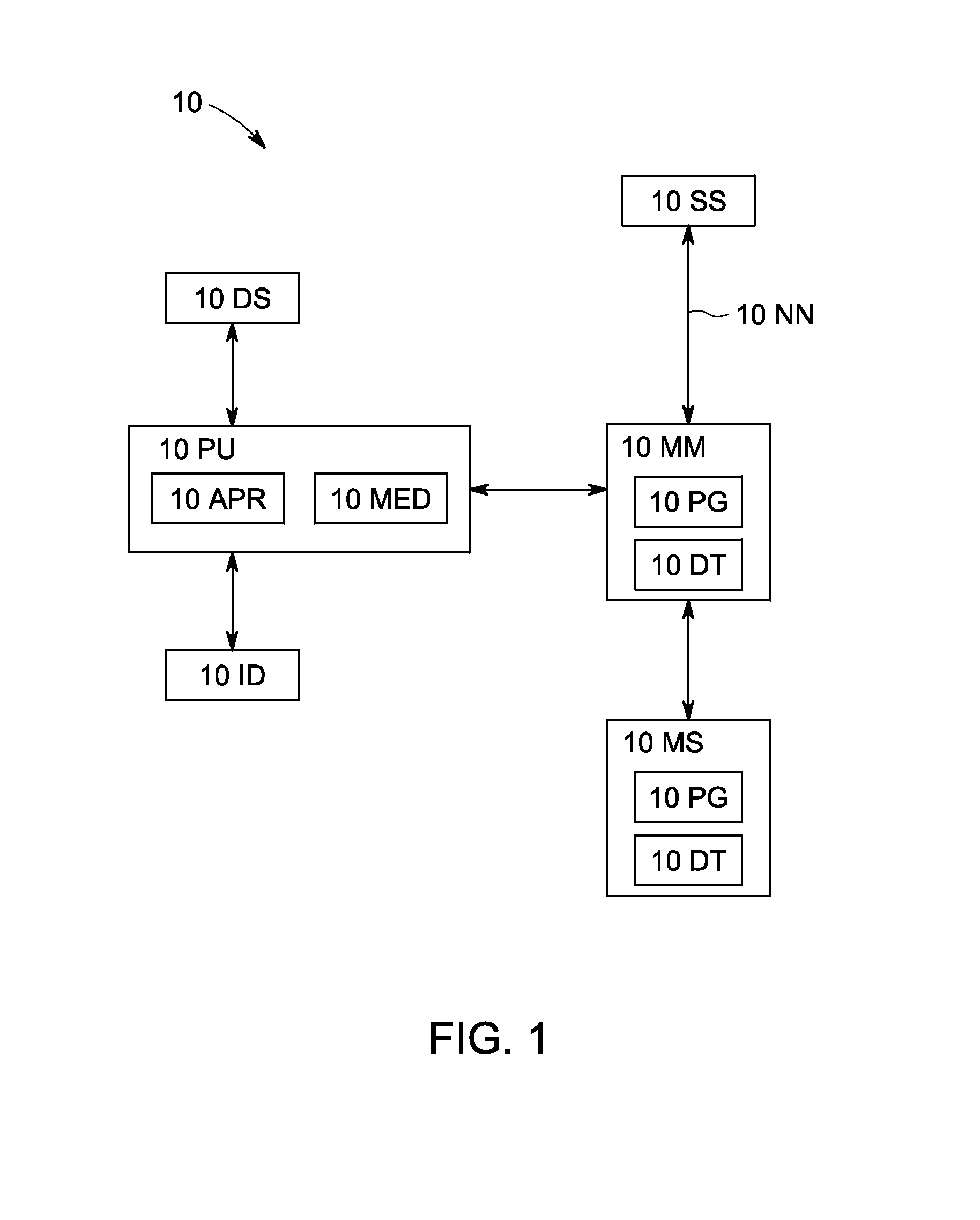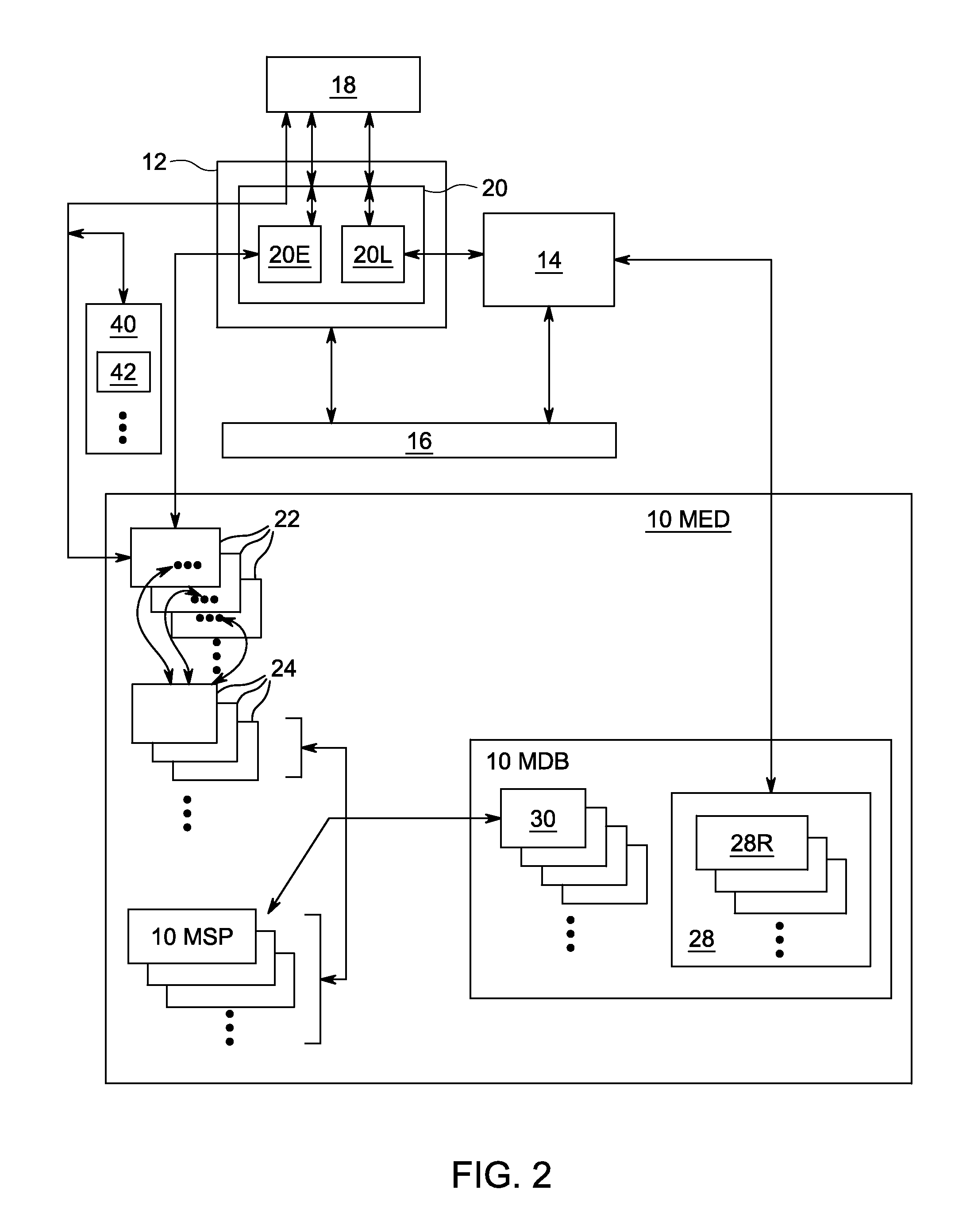Many professions require that practitioners and para-practitioners make judgments and decisions based upon or influenced by a complex interplay of information, factors and requirements from a range of sources and as the result of executing complex procedures which in themselves may involve complex and even conflicting requirements.
These processes are further complicated in that the practitioner is presented with a
continuous flow or even flood of new and continuously changing information, recommendations and requirements.
These goals and requirements not only change continuously, but may conflict with the guidelines and recommendations of, for example, the professional organizations or those of other insurance organizations.
As a result, the practitioner is faced with increasingly complex
decision making processes, involving increasing volumes and types of information and sources of information, increasing and continuously changing guidelines and requirements, increasing numbers of medications and methods for treatment, and increasingly numerous and more complex
decision points in the processes for providing care to a patient.
These problems are further compounded in that the guidelines or requirements of the various organizations often disagree or are in conflict.
The problem is still further compounded in that many of the groups and organizations supporting the practitioner, such as professional organizations, the pharmaceutical companies and the insurance companies, also request or require increasing volumes of reports from the practitioners, further increasing the workloads on the practitioners.
As a consequence, practitioners are often overwhelmed with a flood of information regarding each specific patient, the current and changing tests, guidelines, recommendations, medications and treatments for various diseases or conditions, conflict among the requirements or recommendations of various professional or service organizations, and the various reporting requirements or requests.
Such systems of the prior art have generally been of only limited success, however, because they either do not address or only partially address the actual needs and methods of practice of the practitioners.
Such EMR systems, however, do not assist the practitioner in performing medical examination and treatment processes, often referred to as “patient encounters”, but typically assist only by providing fast storage and retrieval of historical information pertaining to a patient.
Because of the range and variety of
medical information that could possibly be stored for a given patient, however, it is very difficult to create and maintain an
electronic medical record having all of the necessary data storage fields for each patient and it is very difficult and
time consuming to enter the medical data, such as test results and medications prescribed.
As a result, EMR systems are often not used to their full potential.
For example, many users attempt to implement paper
record work flows in an EMR
system, but fail to capture the true power of the EMR system, such as the
digital storage of data which can be imported, exported, extracted and integrated to improve
work flow and quality of care.
Again, such systems are too slow and cumbersome to be of assistance to the practitioner in real time patient encounters and many, if not most practitioners, tend to rely upon their experience and memory for such information during patient encounters or to refer to a
hard copy of a reference work.
Lastly, there have been many attempts to create “expert” or “
artificial intelligence” systems to aid medical practitioners, but such systems have been typically unsuccessful in practice for a number of fundamental reasons.
For example, “expert” systems which attempt to distill and provide the expertise of one or more experts in a given field are difficult to create because it is difficult, if not impossible, to insure that all of the required expert knowledge has in fact been extracted and embodied in the system.
That is, and for example, a single expert may not have all of the desired knowledge, particularly in a large and
complex field, and experts often disagree on essential matters, such as conditions for diagnosis and optimum treatment plans.
In addition, human thought processes are extremely complex and are not well understood and experts often do not consciously understand how their minds reach a conclusion or retrieve a necessary bit of information.
The expert may be unaware of knowing that critical bit of knowledge on a conscious level, and the remembering may occur only for a very specific pattern of stimulus, so that it is virtually impossible to deliberately retrieve that information for inclusion in an
expert system.
For the same reasons, it is very difficult to maintain, update or correct such expert systems as knowledge and practices evolve.
Artificial intelligence systems, however, not only have all of the problems of expert systems with regard to extracting and embodying knowledge, but also have unique problems that limit their use in many fields.
While this is one of the advantages and desired features of
AI systems, it can be a problem in many applications due to uncertainty over time with respect to the rules, principles and information through which and upon which a system is currently providing advice or decisions.
For these reasons,
AI systems are often regarded as too uncertain or unreliable for certain applications, such as medical
support services.
There are also psychological problems with
AI systems as practitioners are uncomfortable with systems that apparently attempt to replace the practitioners, or to at least displace or “second guess” their primary function, and patients are often uncomfortable dealing solely or primarily with a computer system rather than a human in medical matters.
 Login to View More
Login to View More  Login to View More
Login to View More 


